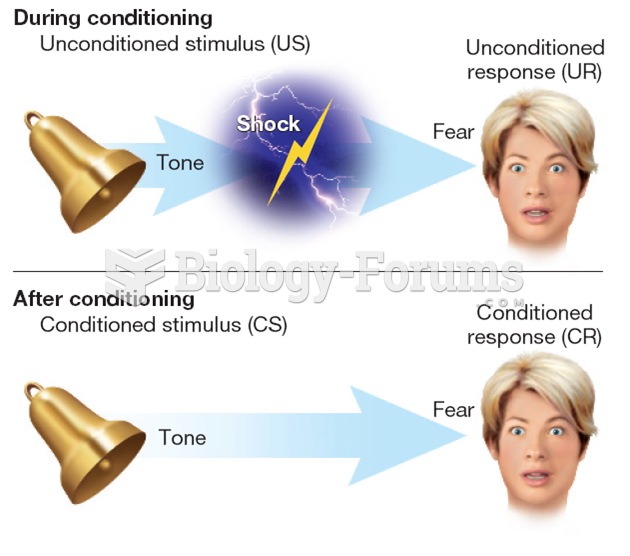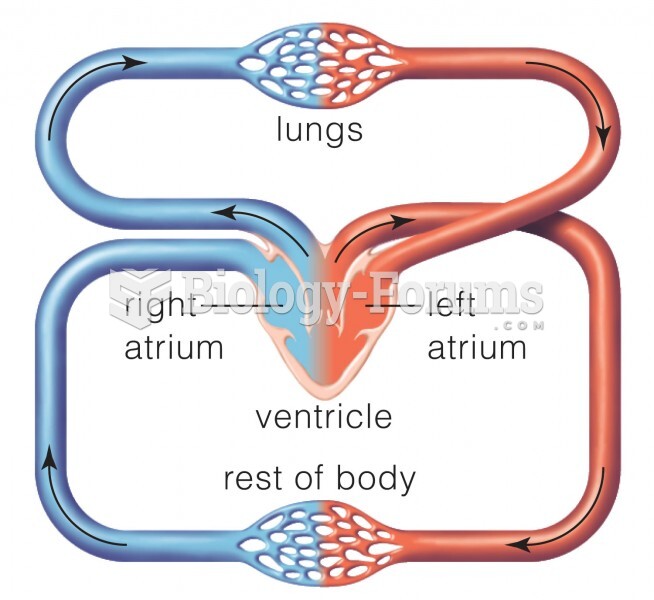|
|
|
People about to have surgery must tell their health care providers about all supplements they take.
The immune system needs 9.5 hours of sleep in total darkness to recharge completely.
The term bacteria was devised in the 19th century by German biologist Ferdinand Cohn. He based it on the Greek word "bakterion" meaning a small rod or staff. Cohn is considered to be the father of modern bacteriology.
Common abbreviations that cause medication errors include U (unit), mg (milligram), QD (every day), SC (subcutaneous), TIW (three times per week), D/C (discharge or discontinue), HS (at bedtime or "hours of sleep"), cc (cubic centimeters), and AU (each ear).
A seasonal flu vaccine is the best way to reduce the chances you will get seasonal influenza and spread it to others.
 This lithograph by Currier and Ives gives an erroneous impression of the “battle.” Major Robert Ande
This lithograph by Currier and Ives gives an erroneous impression of the “battle.” Major Robert Ande
 Grace Service, a YMCA missionary, explained that these porters worked at the base of Mount Omei in S
Grace Service, a YMCA missionary, explained that these porters worked at the base of Mount Omei in S





